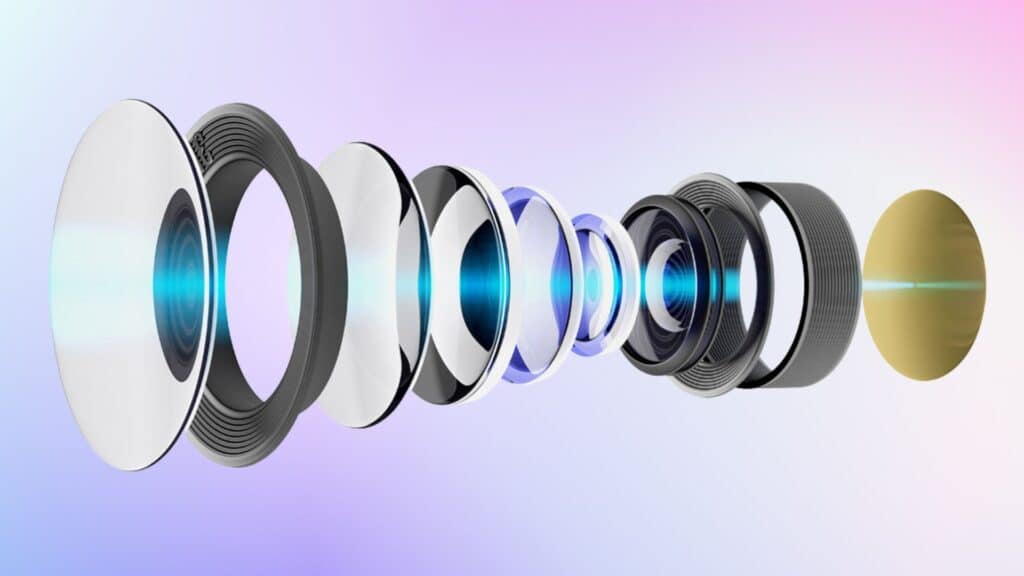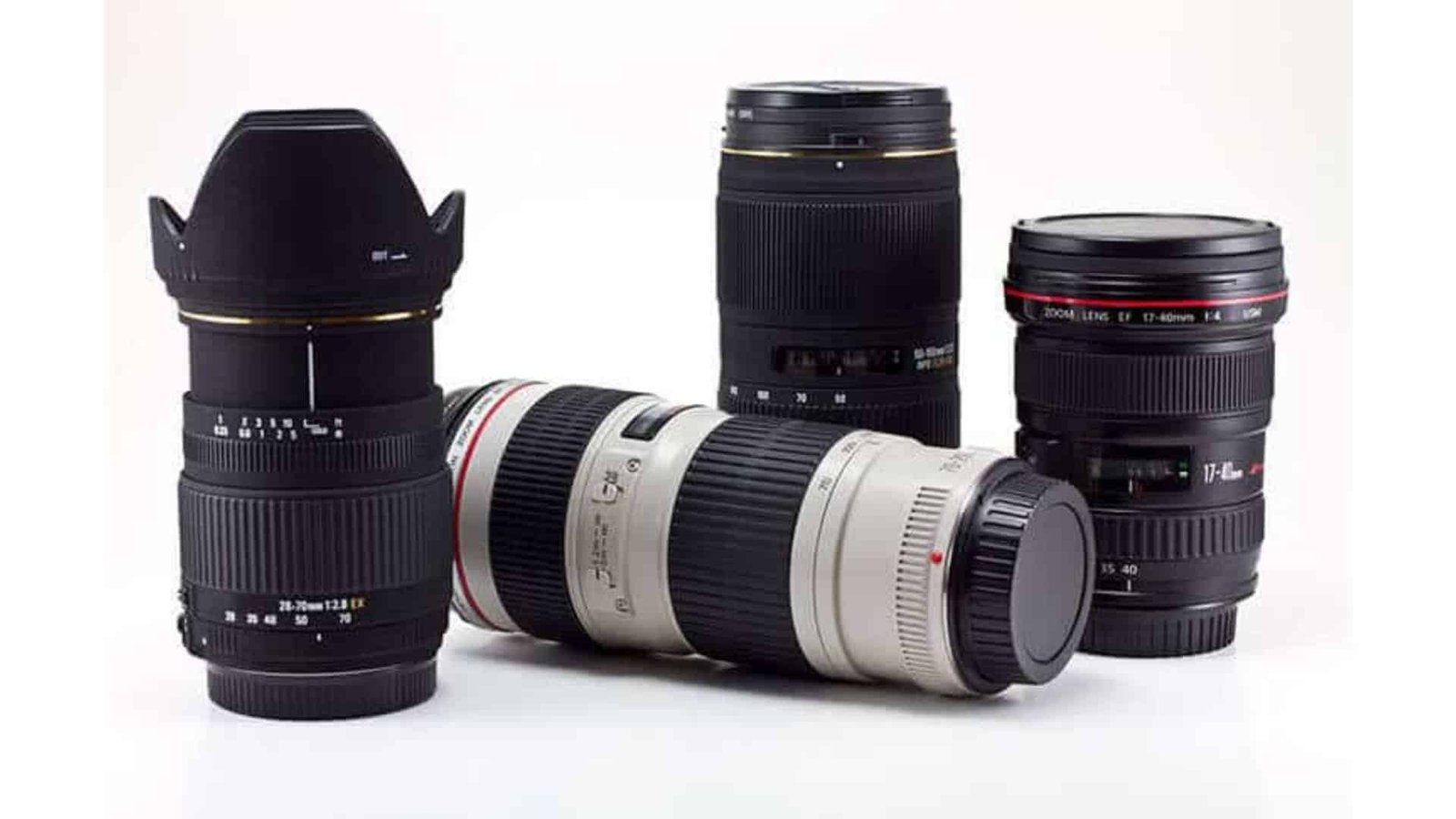In the realm of photography, where every detail counts, camera lenses stand as the indispensable tools that translate vision into tangible images. Whether capturing stunning landscapes, intricate macro shots, or intimate portraits, the quality of lenses plays a pivotal role in the outcome. Yet, for many enthusiasts and professionals, the price tags attached to these essential components often spark curiosity and sometimes sticker shock. Why are camera lenses so pricey? This question delves into the intricate fusion of craftsmanship, innovation, and technology that defines the world of lens manufacturing.
Camera lenses are consistently some of the most expensive and pricey components in photography, frequently costing as much or more than the camera bodies themselves. While the high price tags may surprise those new to photography, there are legitimate reasons why even mid-range professional lenses can often retail for thousands of dollars. Let’s explore some key factors contributing to lenses’ steep costs.
Optical Design and Glass Quality:

One of the primary drivers of why camera lenses are so pricey is the optical design and glass quality used in its construction. Producing high-quality glass elements and assembling them in a way that minimizes optical aberrations like distortion, chromatic aberration, and flare is an inordinately complex and expensive undertaking. Top manufacturer brands like Canon, Nikon, Sony, and Zeiss source only the purest types of optical glass from a handful of specialty glass manufacturers worldwide.
This special high-grade “coated” glass must meet stringent technical specifications for light transmission, refractive index consistency, and surface precision measured in millionths of a millimetre. Even small defects or variations in the glass can negatively impact image quality. The coating processes used to apply delicate anti-reflective and anti-smudge treatments to each element’s surface increase costs further.
Additionally, advanced lens designs with many element groups require tightly machined alloy or metallic lens barrels and focusing assemblies to hold all the glass precisely aligned in their intended positions throughout the lens’ focusing and zoom ranges. More elements and complex multi-focal length solutions like parfocal zoom lenses drive up manufacturing complexity and costs substantially.
Auto-Focus Motors and Processing:

While manual-focus lenses avoid motorized components, virtually all modern interchangeable lens cameras rely on auto-focus systems. Including an ultrasonic or micromotor and the electronic circuits to drive autofocusing in consumer and professional lenses represents major engineering effort and component expenses.
Reliable auto-focus performance requires sophisticated position sensing, precise motor drive control routines, and complex algorithms to interpret visual cues and drive optics in fractions of a second. Many high-end pro lenses offer on-the-fly focus adjustments during video or fast continuous shooting. The processing investment contributes substantially to costs.
Weather Sealing and Durability:

Weather sealing and durability are critical features in camera lenses, especially for outdoor and adverse conditions. Weather sealing protects internal components from moisture, dust, and other environmental elements. Lenses with robust weather sealing are often constructed with tight seals and specialized materials to prevent the ingress of water and debris, enhancing reliability in challenging shooting environments such as rain, snow, or dusty conditions.
Durability encompasses resistance to external factors and the ability to withstand frequent use over time without degradation in performance. Durable lenses are typically built with high-quality materials, including strong metal or composite construction, reinforced mounts, and advanced coatings to resist scratches and abrasions. These features ensure longevity and consistent performance, making weather-sealed and durable lenses indispensable for photographers working in demanding situations, providing peace of mind and reliability in any shooting scenario.
Special Glass Formulas and Coatings:

Exotic new optical glass compositions with higher refractive indices yield wider maximum apertures and more compact designs but come at a steep premium. Special low-dispersion fluorite or anomalous dispersion elements improve image quality but are far costlier than standard flint glass.
Lenses targeting 8K/360 video or ultra-high resolution sensors may require up to 25 lens element groups custom fabricated from rare materials like xyalon, lanthanum, and gallium. Premium lens coatings using fluorine, silica, and multiple dielectric layers deliver staggering sharpness and resistance to flare, ghosting, and aberrations compared to simple multi-coatings – for a substantial markup.
Brand Name, Pro Features and Scarcity:

Pricey Camera lenses brand names are often synonymous with quality and reliability. Major brands like Canon, Nikon, Sony, and Sigma are renowned for their precision engineering and superior optics. Professional photographers often seek lenses from these brands due to their durability, sharpness, and compatibility with high-end camera bodies.
Pro features in lenses include fast autofocus, wide apertures (e.g., f/1.2 or f/1.4), image stabilization, and specialized glass elements that reduce chromatic aberrations and distortions. These features are crucial for professionals working in diverse conditions, ensuring superior image quality in low light, fast-action scenes, or portraiture. Scarcity comes into play with limited-edition or highly specialized lenses, like rare focal lengths or premium models, which can be difficult to find and often come at a high price. Some older, discontinued lenses also become highly sought after by collectors and enthusiasts for their unique characteristics, making them both rare and valuable.
Compatibility and Adaptation:

Lens compatibility and adaptation with cameras are crucial considerations for photographers. Different camera brands and models use unique lens mounts, meaning lenses are often designed for specific systems, such as Canon EF or Nikon F mounts. This limits direct compatibility across brands. However, adapters allow photographers to use lenses from one brand with a different camera system.
Lens adapters come in two types: mechanical and electronic. Mechanical adapters maintain the physical connection but typically disable features like autofocus and aperture control. Electronic adapters, on the other hand, preserve advanced functions like autofocus, image stabilization, and aperture control, making cross-brand lens use more seamless. It’s important to consider sensor size, as using full-frame lenses on crop-sensor bodies may cause vignetting. Adaptation enables photographers to use a wide range of lenses, adding versatility to their gear without buying entirely new lens systems. This expands creative possibilities and provides cost-effective solutions.
Inflation and Economics of Scale:

Simply put, quality glass, motors, seals, and engineering do not come cheaply, and their costs inevitably rise with inflation. Larger imaging sensor sizes also drive optical module sizes up, increasing materials. While lower production volumes mean pro lines carry higher relative costs per unit versus cheaper consumer-scale superzooms. The economics of pricing professional tools is an unavoidable reality.
To summarise – the manifold factors of exotic materials, exacting manufacturing processes, advanced technologies, specialized quality control, limited runs, pro features, brand recognition, and system compatibility all contribute significantly to the expense of professional camera lenses. While eye-watering to novices, advanced optics still manage to under-promise and over-deliver for demanding imaging tasks versus consumer-level substitutes. For serious creatives, the investment ultimately pays splendid optical dividends.
Conclusion: Why Camera Lenses Are So Pricey?
In the intricate tapestry of lens manufacturing, the price of excellence is not just a reflection of materials and production costs but also a testament to craftsmanship, innovation, and brand heritage. Camera lenses are not merely tools but feats of engineering that embody the pursuit of optical perfection. While their price tags may seem steep, they represent the culmination of decades of research, development, and refinement. For photographers, investing in quality lenses is not just an expenditure but an investment in capturing moments with unparalleled clarity and precision. So, the next time you marvel at the price of a camera lens, remember that behind every dollar lies a story of passion, dedication, and uncompromising quality.
FAQs
Q. Why are some camera lenses significantly more expensive than others?
Camera lenses vary in price due to differences in quality, materials, brand reputation, and technological features. High-end lenses often incorporate advanced technology and materials, driving up their cost.
Q. Do expensive lenses always offer better image quality?
Not necessarily. While expensive lenses may offer superior image quality and performance, there are also budget-friendly options that provide excellent results for amateur photographers or specific shooting scenarios.
Q. What should I consider when investing in a camera lens?
Factors to consider include your budget, intended use, desired features, compatibility with your camera system, and long-term investment value.
Q. Are third-party lenses a good alternative to branded ones?
Third-party lenses can offer competitive features at a lower price point, but quality and compatibility may vary. It’s essential to research and read reviews before purchasing.
Q. How often should camera lenses be serviced or maintained?
Regular maintenance and cleaning are essential to ensure optimal performance and longevity of your lenses. It’s recommended to follow manufacturer guidelines and seek professional servicing when needed.

